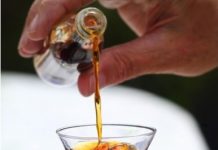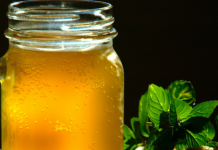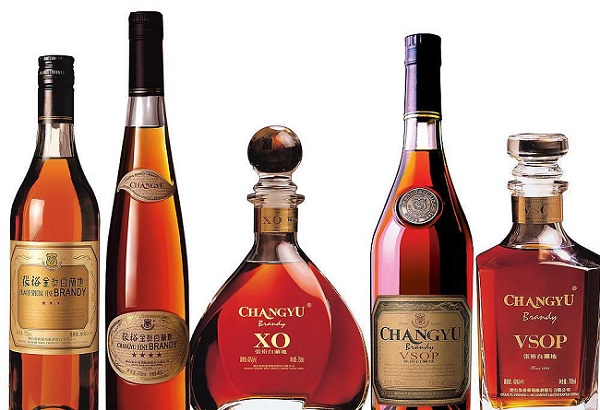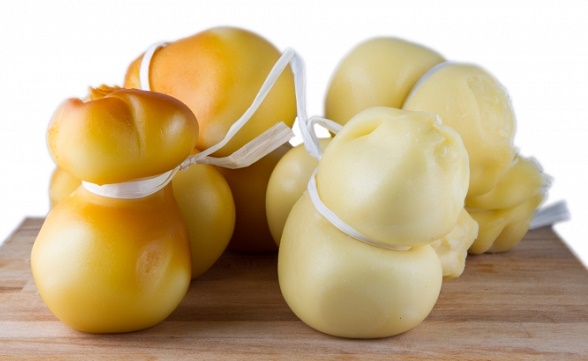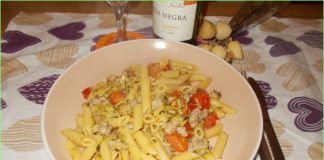
Introduction
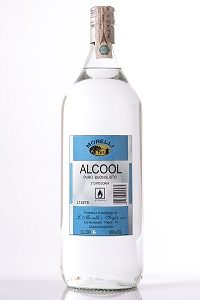
The pure alcohol or ethanol, is an alcohol free-chain and its formulation consists of CH3CH2OH. This liquid is also called simply alcohol, being the basic ingredient for the preparation of alcoholic beverages. It is also known with the name of ethyl alcohol, while in the alcohol jargon is commonly called spirit.
The pure alcohol at room temperature it is aesthetically colorless, with a very pungent smell and taste slightly sweet. This product is extremely flammable, for trend is also volatile, and the flame that occurs during combustion is light blue, hardly distinguishable, therefore, in the presence of sunlight.
In many organic solvents, one can find this product totally soluble, for example in water, where it forms a proportion of 95: 5, or in chloroform, and this is impossible to realize a simple distillate of lower purity. You should know also that the words “pure alcohol”, indicates only a solution of ethanol present in 95% of water.
To obtain a 100% pure ethanol also said absolute ethanol, one must remove the water azeotrope, by the addition of benzene, with a subsequent fractional distillation, or by using the magnesium metal, that when combined to azeotrope, it gives rise to a reaction with water, generating hydrogen in this manner, which is subsequently removed by the degassing effect of the solution, and magnesium hydroxide, which in this case is separated by means of the absolute ethanol.
With this process, the water that remains is completely eliminated, but there are also other types, which employ barium oxide, or lime in order to dehydrate the pure alcohol, generating the hydroxides fees.
Uses

The pure alcohol, achieved by the alcoholic fermentation of the sugars, is the most widespread and the only adaptable to nutrition use.
This can be found in all alcohol, including beer, which typically has a lower amount to 10 volumes, while the wines, both white and red, you can find it in a percentage ranging from 5 volumes, up to 12 per an average product, contrary to the liquors, where the alcohol portion has a minimum percentage of 20%, up to a maximum of 40%.
As regards the distillates instead, the alcohol percentage can reach up to 70%, while in aperitifs and cocktails, the percentages vary according to the types of product that is used.
In several countries of the world, pure alcohol is used instead of gasoline as fuel, due to its much lower cost, if produced in house.
Among the countries that make greater use of this liquid, there is Brazil, which uses it to haulage by means of the flexible-fuel vehicle, made by FIAT, where there are among other things, the largest industries for the refining of sugar cane, from which we get the raw material. In Europe, we have the Switzerland that is growing below the point of view of the development of bioethanol.

In the field of cosmetics, the pure alcohol is widely used in the preparation of perfumes, but also of products for the face.
Thanks to its disinfectant power, in the house is used for cleaning, because this liquid, is able to kill microorganisms by destroying their proteins and dissolving in this manner their lipids, for this appears to be very effective against viruses, fungus and bacteria, including the “SARS” virus, but totally ineffective against the spores of the bacteria.
An alcohol with 70% of volumes, is one that possesses among the many, the most antiseptic power, in fact, this hydrated form is absorbed in a very rapid from viral cell, unlike pure alcohol, by attracting water in the outside, realizes phenomena of coagulation inwardly to the plasma membrane, generating in this way, a partial protection for the disinfectant bacterial cell.
Among the various uses, we can find the pure alcohol used as a solvent for the polishing of wood and furniture, or for the production of paints, shellac, sandarac and benzoe rubber.
For the Gram staining, it is employed the pure alcohol which is capable of decolor it.
Alcohol and addiction
Frequent alcohol use, may cause dependence not only physical, but also psychological, demonstrated after periods of absence in individuals who abuse drugs. The man abstinence you start to feel when it is severe, after only eight hours of no alcohol.
The first stage causes nausea, tremors, excessive sweating, fever and even hallucinations, and can last about 24 hours. Even convulsions and delirium, are part of the withdrawal symptoms and craving to drink alcohol is a clear and obvious typical sign in those who are suffering from psychological dependence.
The mechanism by which ethanol causes addiction is still unknown, and we recommend for this not to abuse alcoholic beverages regardless of their serving of alcohol.

